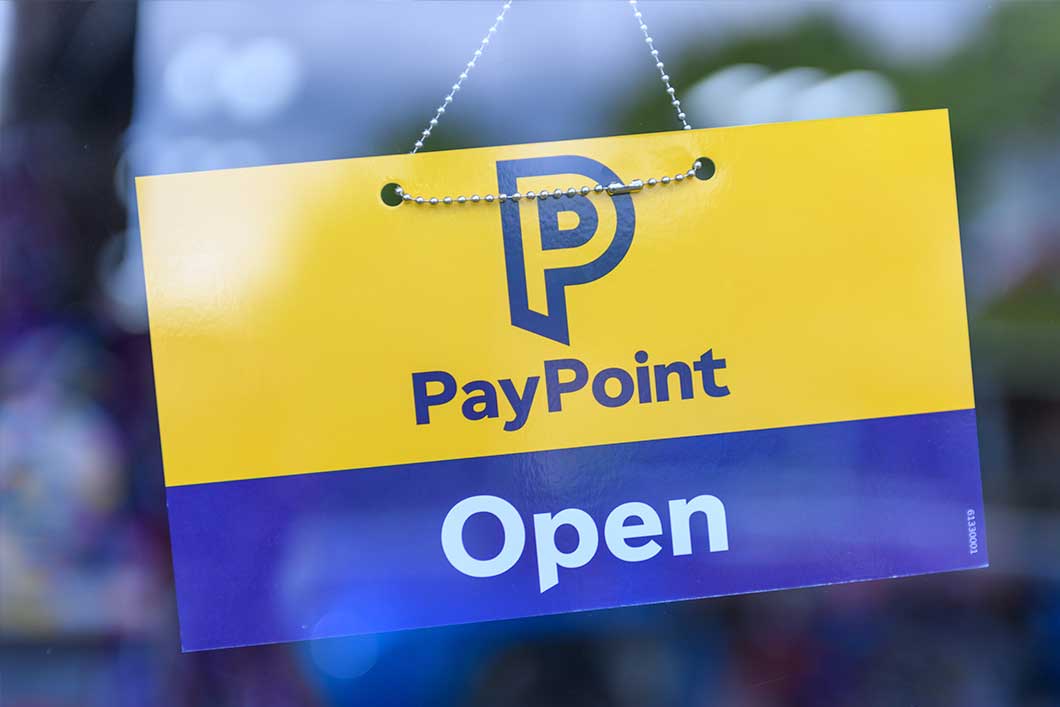
PayPoint Donate – Making it easy to distribute funds to those in need
Distributing Charitable funds
With PayPoint Donate you can also distribute funds to beneficiaries with PayPoint OpenPay which offers charities three innovative methods for making payments.
PayIn - Enables charities to make payments to beneficiaries that can be deposited immediately into their verified bank accounts, without needing to know or store the recipients bank details using Open Banking infrastructure. Payments can be for any value up to £1,000 and be sent by post, email or SMS.
CashOut - Is a voucher system that allows payments in cash of any sum up to £100 that can be collected by beneficiaries in over 28,000 PayPoint stores across the UK. Vouchers may also be used for energy credit. Similar to the PayIn service, vouchers may be sent by post, email or SMS .
Essentials - The beneficiaries receives an Essentials e-Code, sent by SMS, email or post up to the value of £500. The e-Code can be then exchanged for a shopping voucher (e-gift voucher) from a select range of retailers and used to purchase specific items such as food, clothing, and white-goods, either in-store or online.

INTEGRATION

Via API or Web Portal
INTEGRATION
 Via API or Web Portal
Via API or Web Portal
Dependent on your Charities specific needs PayPoint Donate offers a suite of API’s that can integrate into existing back office systems and CRM solutions. Alternatively, we offer a secure web portal solution that can be set up quickly and requires minimal development time.
Back to contentsBACK OFFICE
 Event Streamer
Event Streamer
Our Event Stream will join up your data points for continuous streaming of donation data in real-time enabling your charity to send instant automated messages to users and respond to their actions immediately.
Back to contents User Portal
User Portal
Our intuitive user portal, gives your charity team access to a host of insightful reports. You and your team will also benefit from the fact that Charity MultiPay reporting is consistent across all payment types, so you won’t be faced with any steep learning curves if you introduce new payment services.
Back to contents